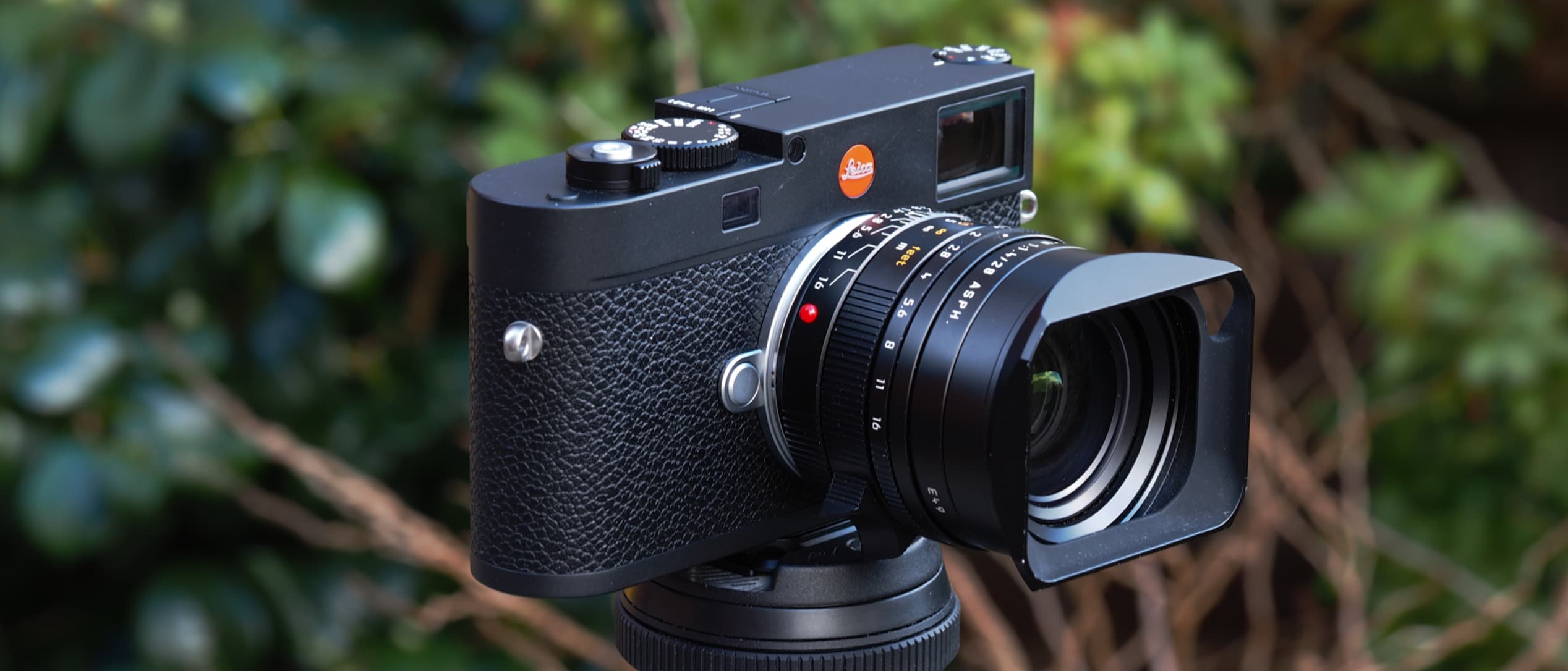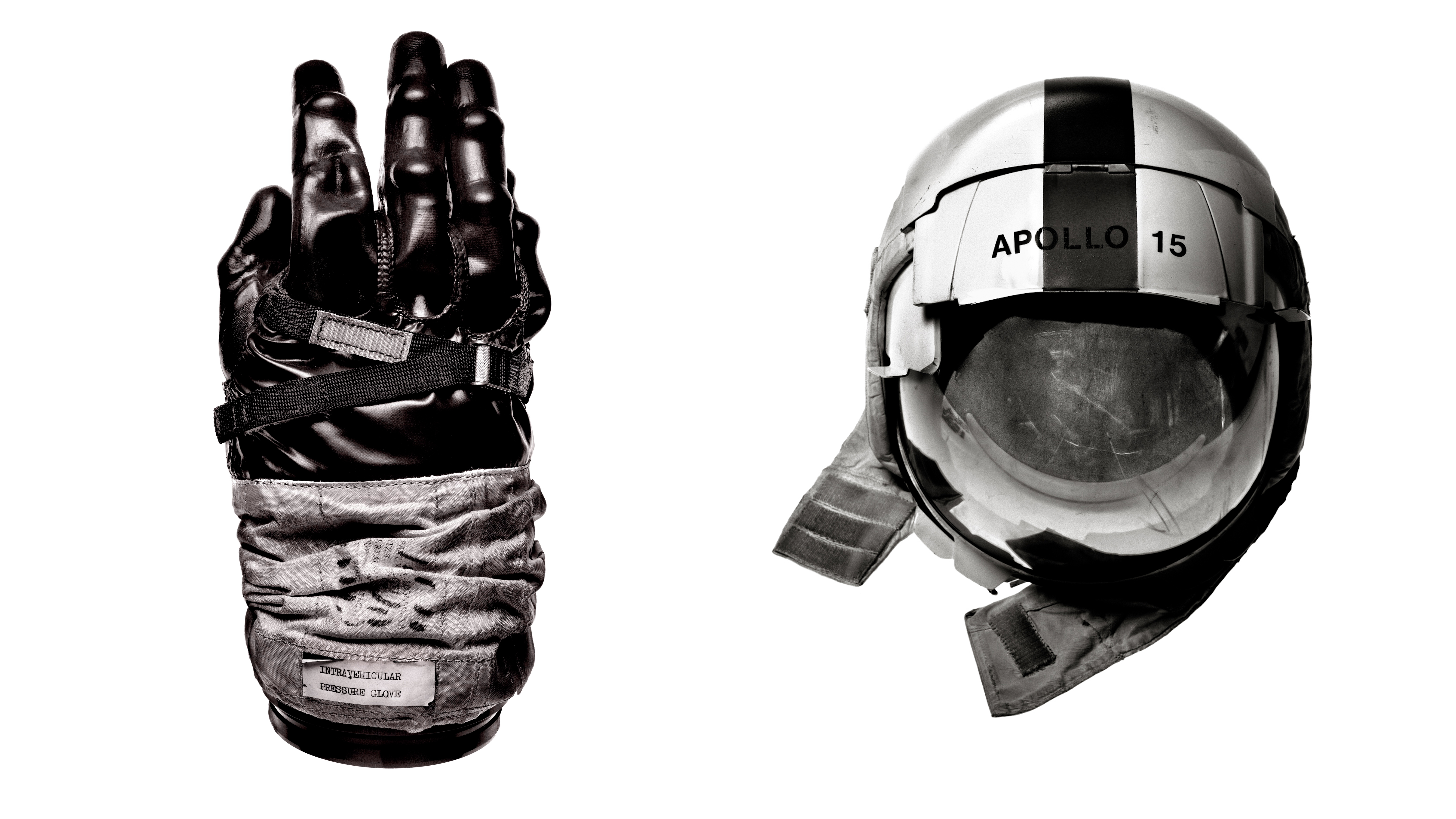Digital Camera World Verdict
Leica M rangefinders take some learning. First-timers will struggle with the viewfinder and focusing and the stripped down features, but the longer you use these cameras the more they grow on you – and carry on growing. The M11 isn’t quite perfect, but it’s a real class act that can capture very sharp images that also have that distinct Leica ‘look’, thanks in part to Leica’s fiendishly expensive M-series lenses.
Pros
- +
Super-accurate focusing
- +
Compact (if expensive) M lenses
- +
Leica build and handling
- +
Controls and interface design
Cons
- -
No AF, no video, no P mode
- -
As ever with Leicas, price!
- -
28mm lens uses ALL the viewfinder
Why you can trust Digital Camera World
The Leica M11 is the latest edition in Leica’s long-running M-series rangefinder line-up. Unlike the mirrorless Leica SL2 and SL2S, and the compact Leica Q2, this is a real old-school camera with manual focus only and not even a through-the-lens viewfinder (though it does have LCD live view if you don’t want to use the direct vision viewfinder).
Leica M cameras are a breed apart, using a decades-old design that takes a bit of mastering and a price tag that puts them out of reach for all but the most enthusiastic amateurs and collectors.
But while the latest Leica M uses a very old physical design, its digital tech is bang up to date. This latest model boasts a 60MP sensor which puts it right at the top of the tree for full frame resolution, alongside the Sony A7R IV and Sigma fp L.
Specifications
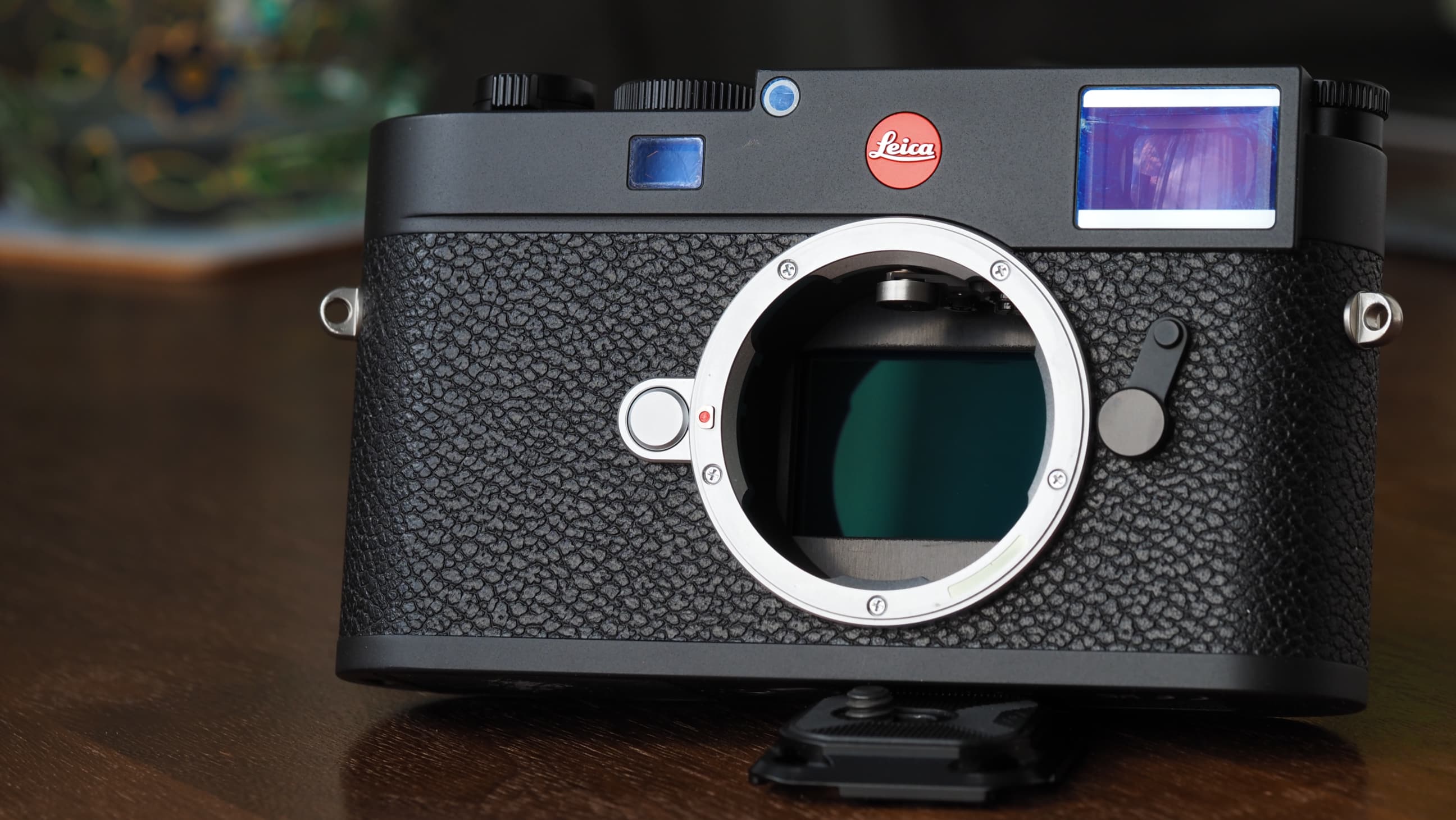
Sensor: 60.3MP full frame CMOS
Image processor: Maestro III
AF points: N/A
ISO range: 64 to 50,000
Max image size: 9,528 x 6,328
Metering modes: Spot, Center-Weighted, Multi-Field
Video: N/A
Viewfinder: Direct vision rangefinder type, 0.73x magnification, parallax compensation
Memory cards: SD/SDHC/SDXC, UHS-II
LCD: 2.95-inch fixed touchscreen, 2.33m dots
Max burst: 4.5fps
Connectivity: Wi-Fi, Bluetooth
Size: 139 x 38.5 x 80mm
Weight: 530g (battery)
Key features
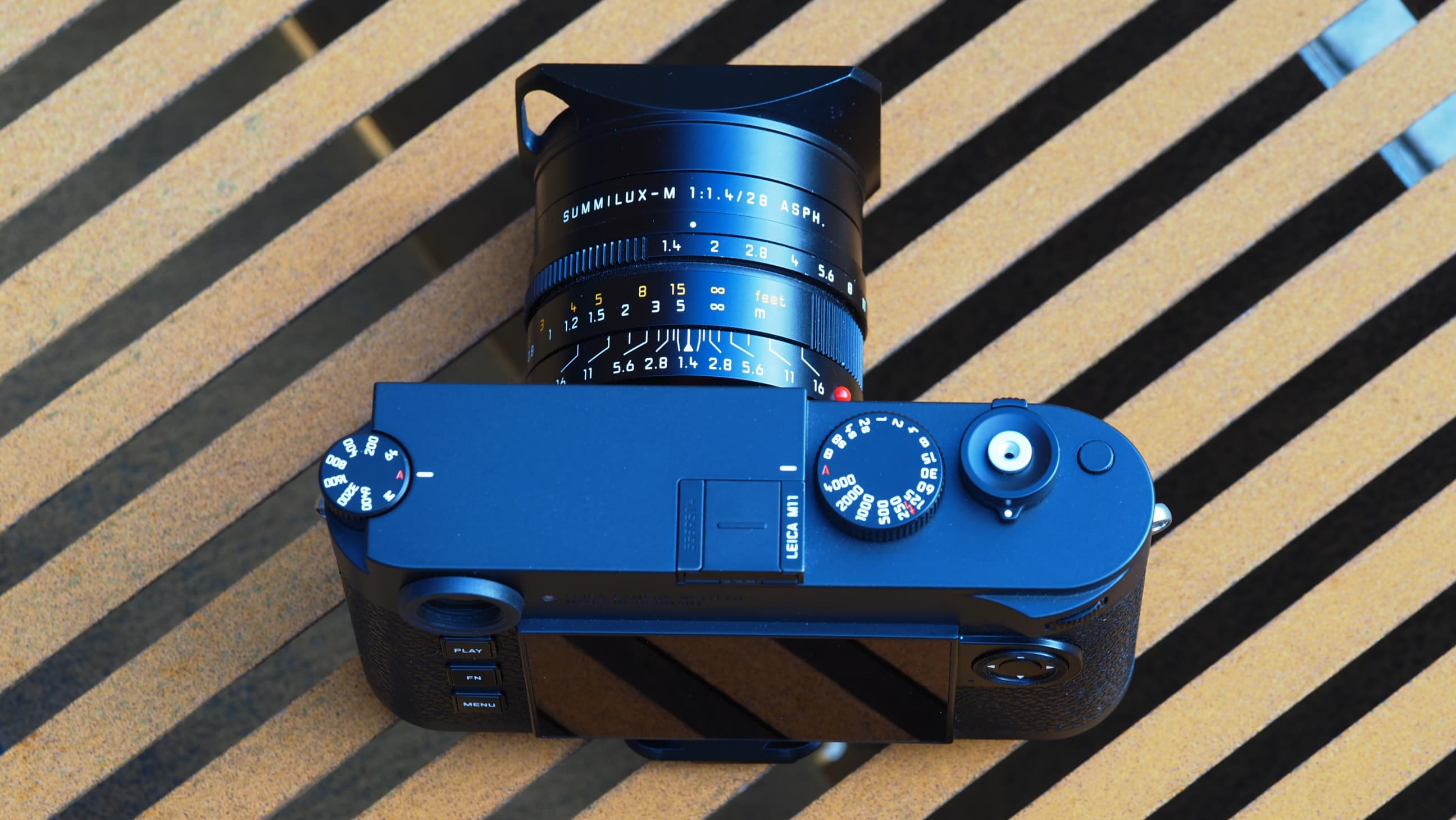
The headline feature of the M11 is its 60-megapixel sensor – but other resolutions are available. Leica calls it a ‘triple-resolution’ sensor because you can also shoot medium-sized 36MP images or smaller 18MP files, all full-width, and in both JPEG and DNG format. Who ever thought that one day 36 megapixels would be ‘medium’ resolution?
The M11’s sensor is matched up with a new Leica Maestro III processor to offer a claimed 15 stops of dynamic range, a 64-50,000 ISO range and improved, more natural color thanks to a new color filter array.
Interestingly, Leica says that the sensor is used for exposure metering, even when you are using the viewfinder, so you now get a Multi-Field metering mode.
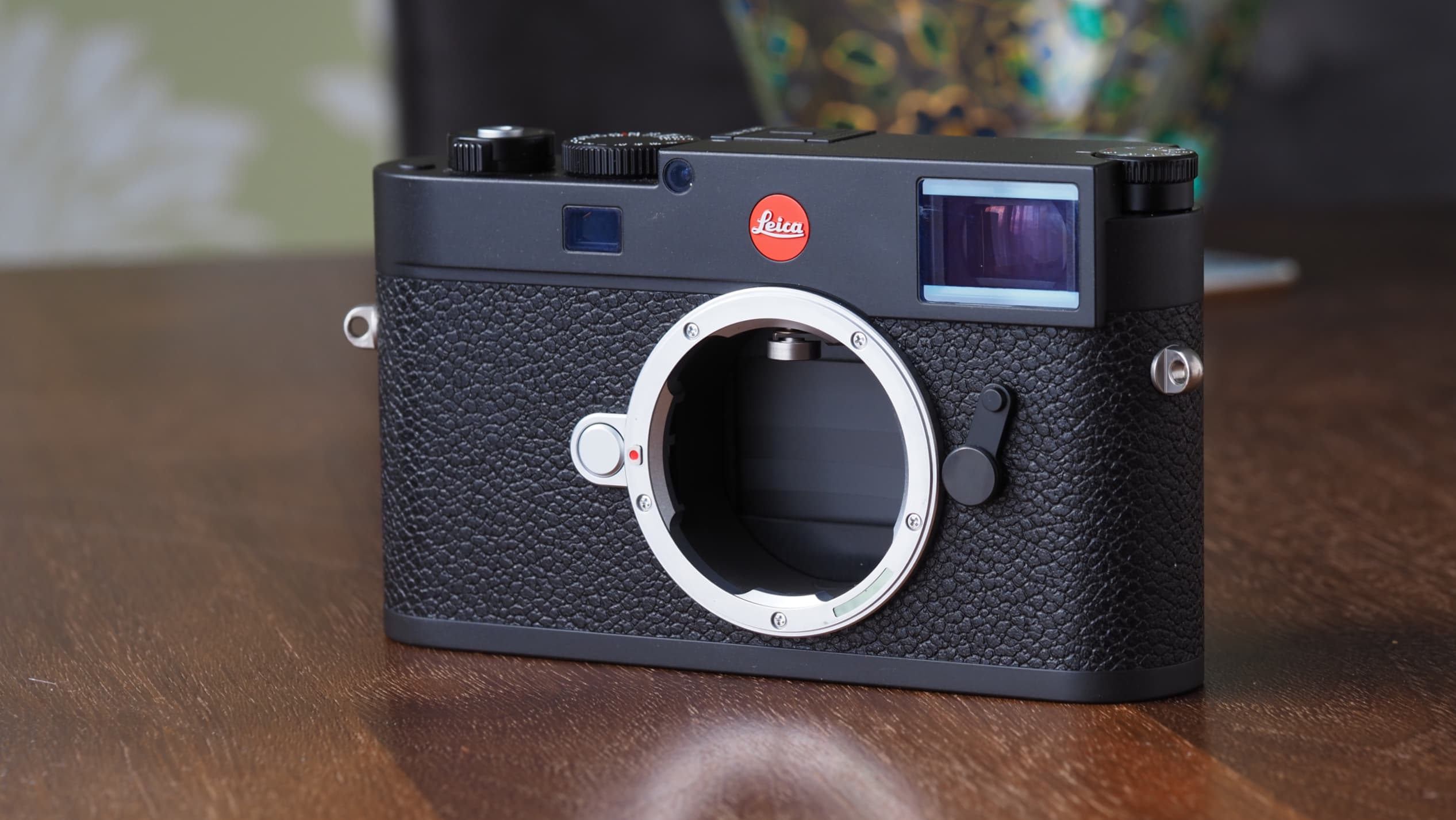
Other interesting features include a combination of mechanical and electronic shutter – there’s a hybrid mode where the camera will switch automatically.
Leica devotees will be shocked/horrified/amazed that Leica has at last dropped the removable baseplate, a hangover from the film-based Leica M design. Now there’s a spring-loaded battery in the base, and flipping this out also reveals the memory card slot (there’s 64GB internal storage too).
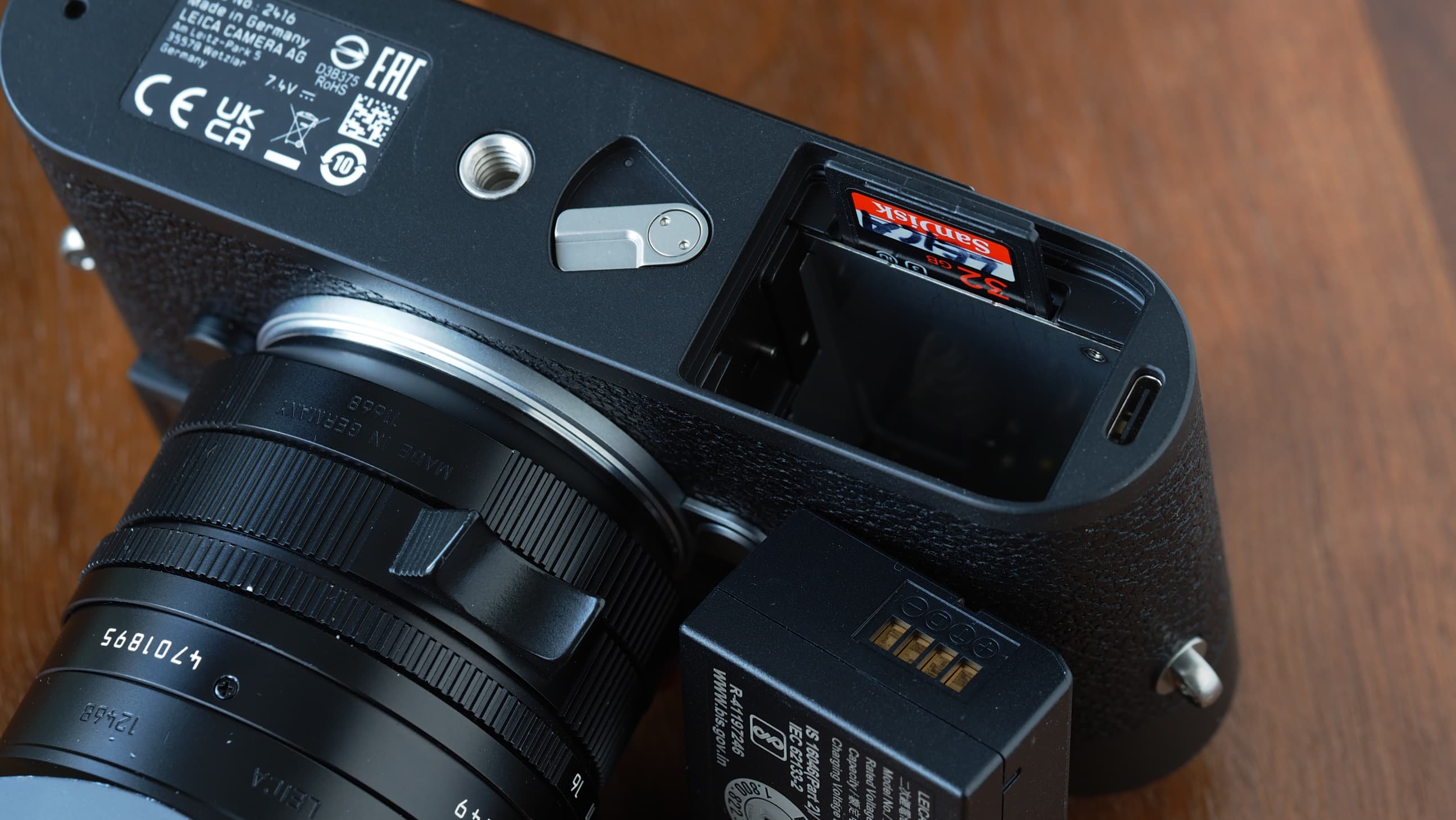
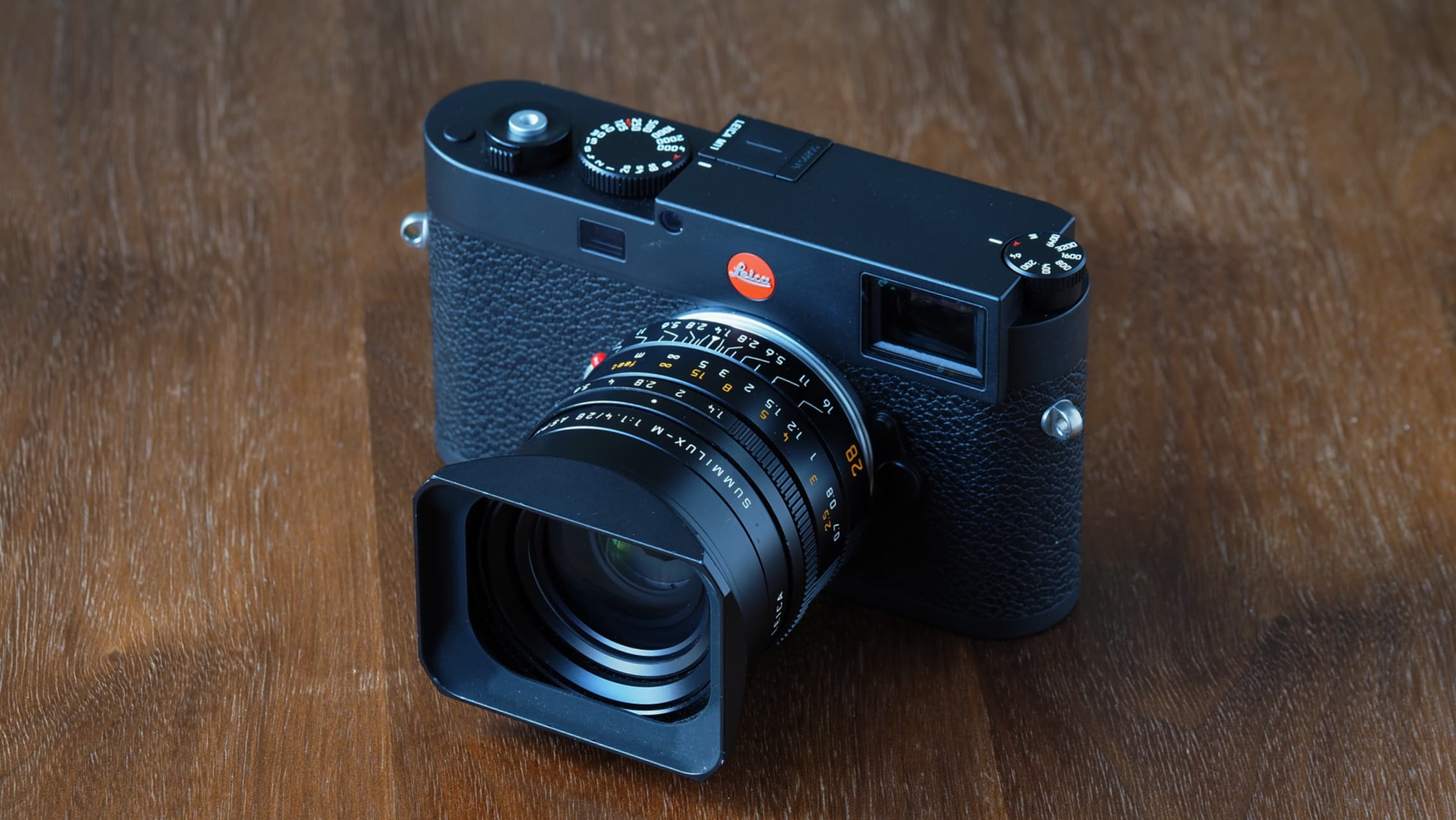
Leica says the M11’s battery now holds 64% more power than before, and there’s also a USB-C port for image transfer and USB charging in the base alongside the battery. You also get a Lightning cable for direct connection to an iPhone or iPad, part of Leica’s Apple Certification, perhaps. That’s really useful for iOS users who find fixing up a Wi-Fi connection annoying.
You can get the M11 in either black or silver, and the difference is more than cosmetic. The black version uses aluminium and is 20% lighter than the silver/brass model.
Build and handling
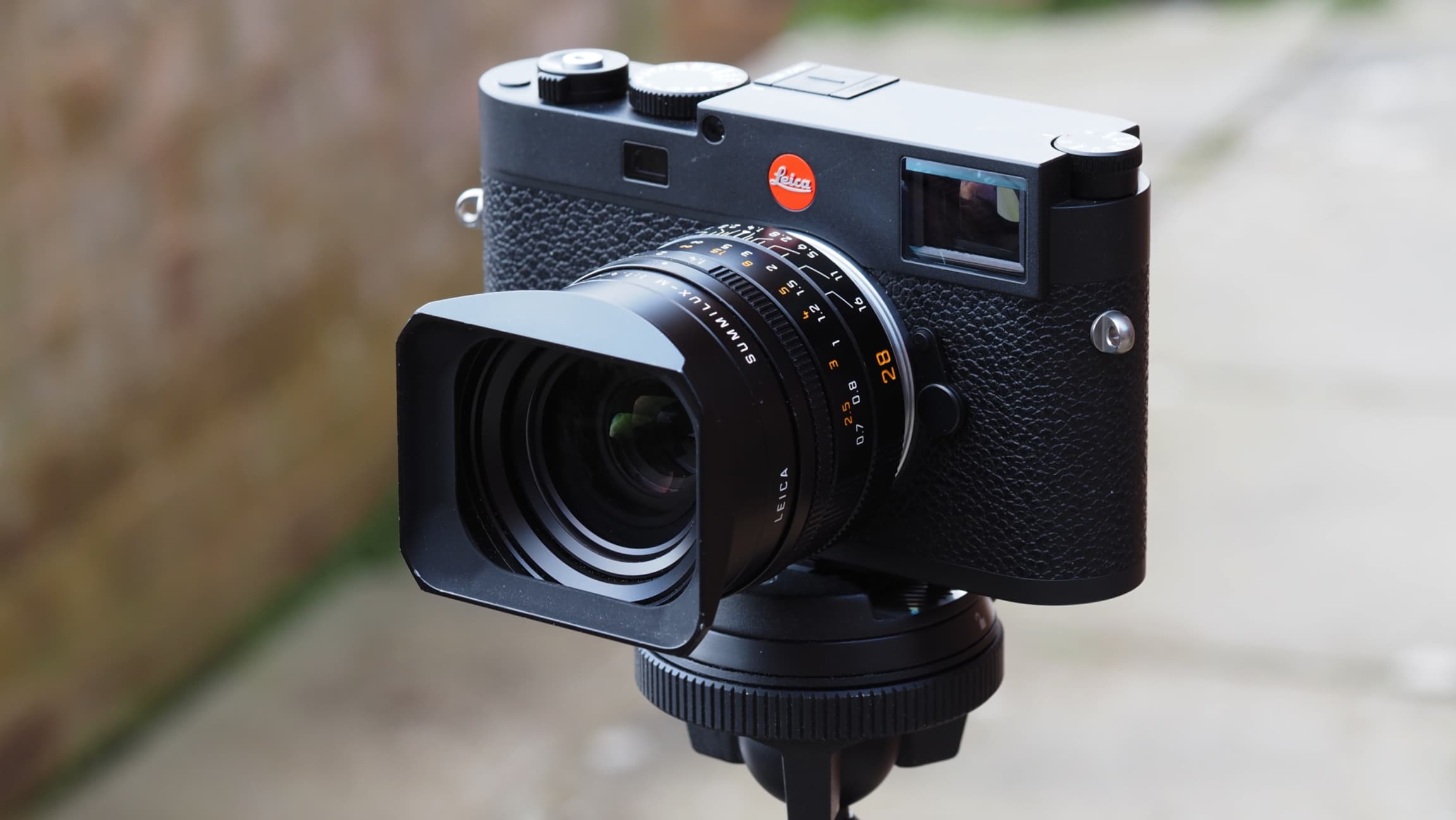
Focusing and shooting with the Leica M11 is different to anything else. The viewfinder is a direct vision type which offers bright line frames for different focal lengths. We tested the M11 with a Leica Summilux 28mm f/1.4, and this angle of view is right at the limit of the built-in viewfinder’s angle of view. You can use wider lenses, but you would have to switch to Live View or get the optional Leica Visoflex 2 EVF.
Neither is ideal, so if you are a fan of extra-wide lenses, the M11 isn’t off to a great start – though with 35mm or 50mm lenses it will be right in its sweet spot, with room to see what’s going on outside the frame as well as what’s inside it.
The rangefinder focusing also takes some learning, but it’s worth the effort. You move the focus ring/lever on the lens to align a ‘ghost image’ or ‘patch’ with your subject. When they align, your subject is in focus.
This is incredibly precise, and the clarity of the viewfinder makes it easy to focus in almost any conditions – though you might have to give the camera a quick tilt if your subject is mostly horizontal lines. The rangefinder’s alignment with real-world focus distances was spot-on in our tests, and it’s faster to use than manual focus+magnify systems on mirrorless cameras.
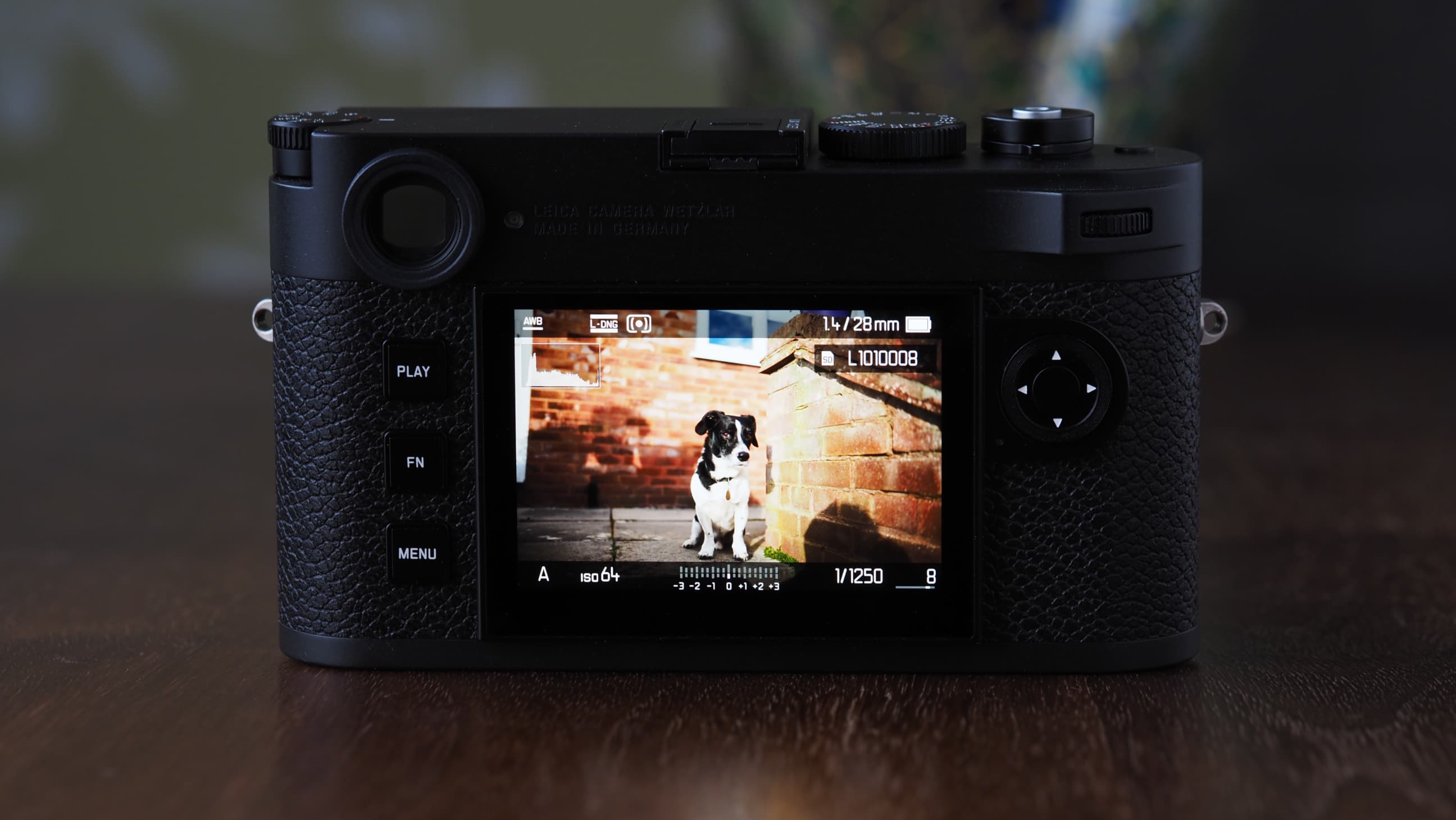
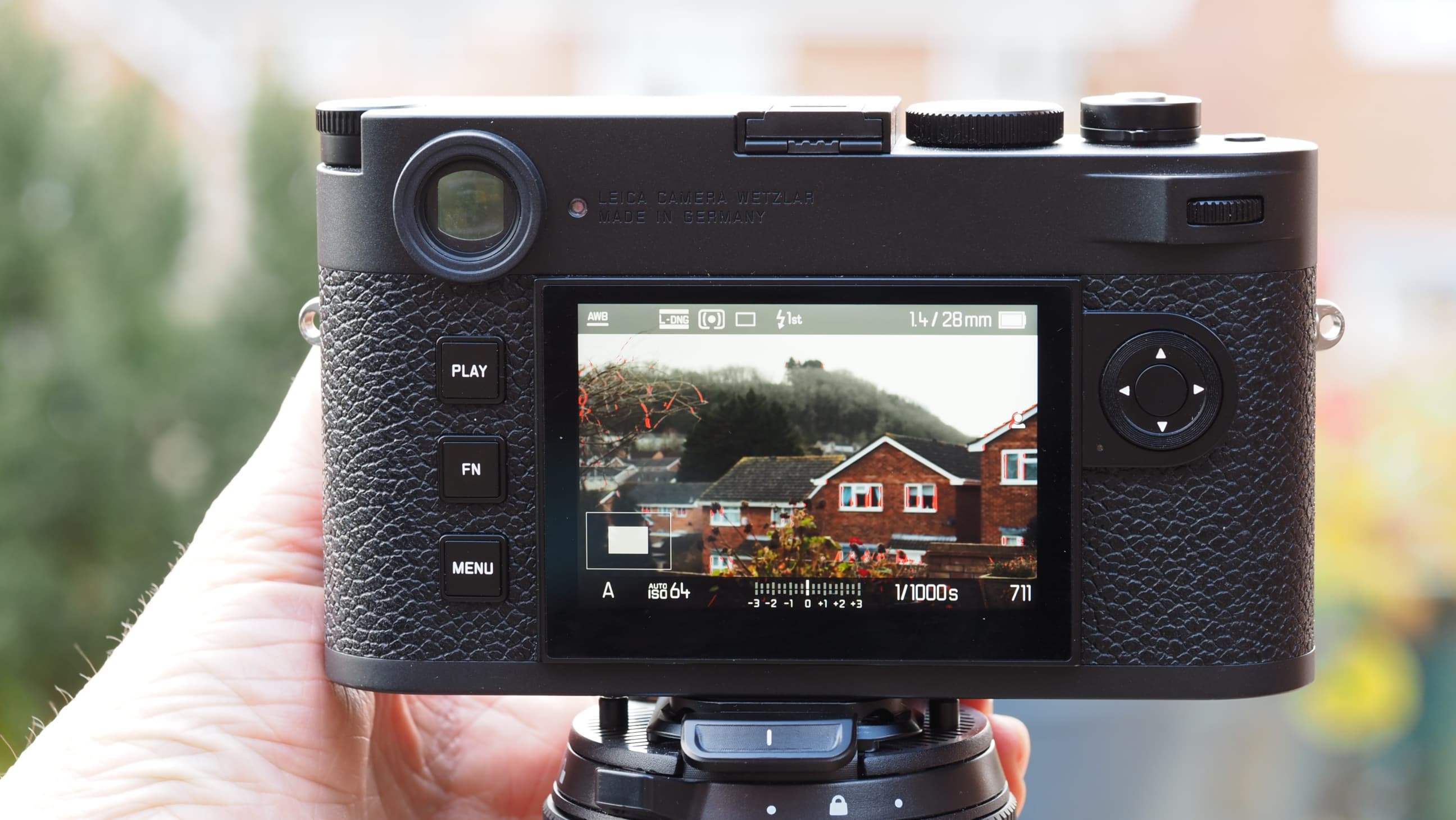
You can also compose and focus in Live View, but this doesn’t play to the Leica’s strengths. The LCD delivers startlingly rich and deep colors, but tends to make dark tones a solid black, which isn’t how the sensor will record them. The Live View does have focus peaking, but this doesn’t even approach the accuracy of the rangefinder focusing – focus peaking on any camera is only a broad guide, rarely a precise tool.
The LCD display does offer touch control, but menu and navigation settings still require the physical control pad. Having said that, the menu system is beautifully clear and straightforward, like those in the SL2 and Q2 models. In fact the whole camera is a masterpiece of simplicity and control. It looks sparse, but everything you need is right at your fingertips.
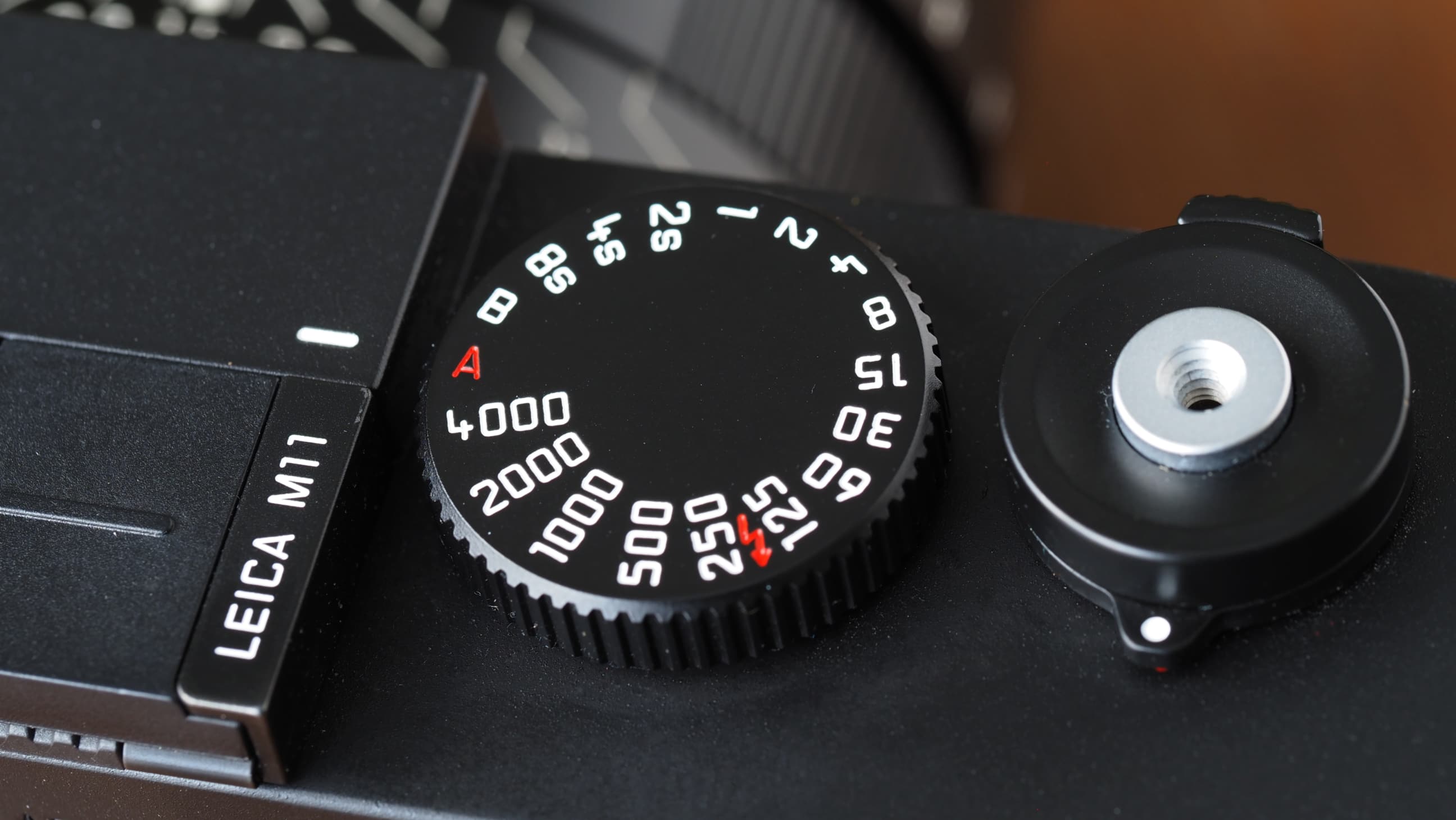
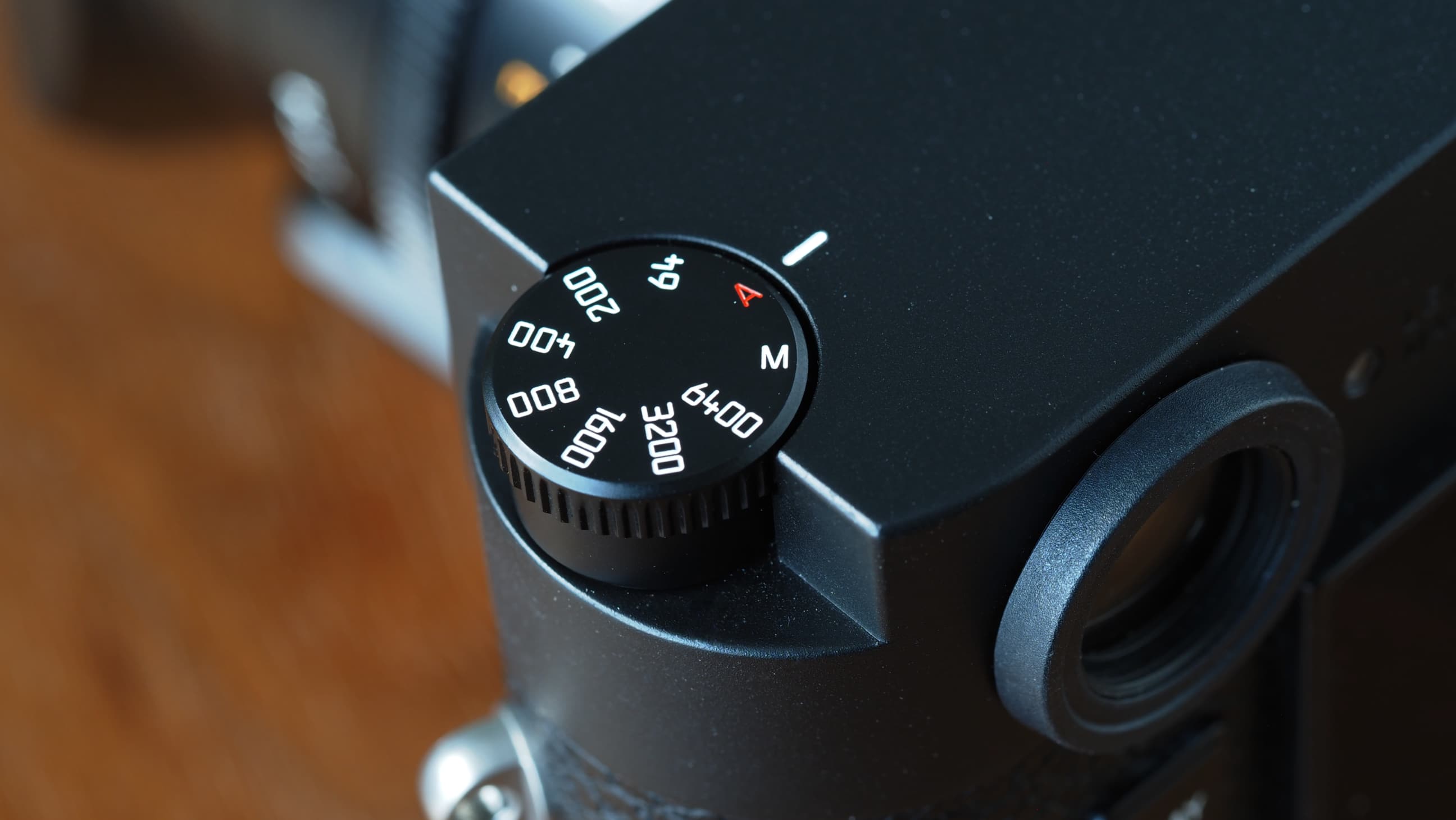
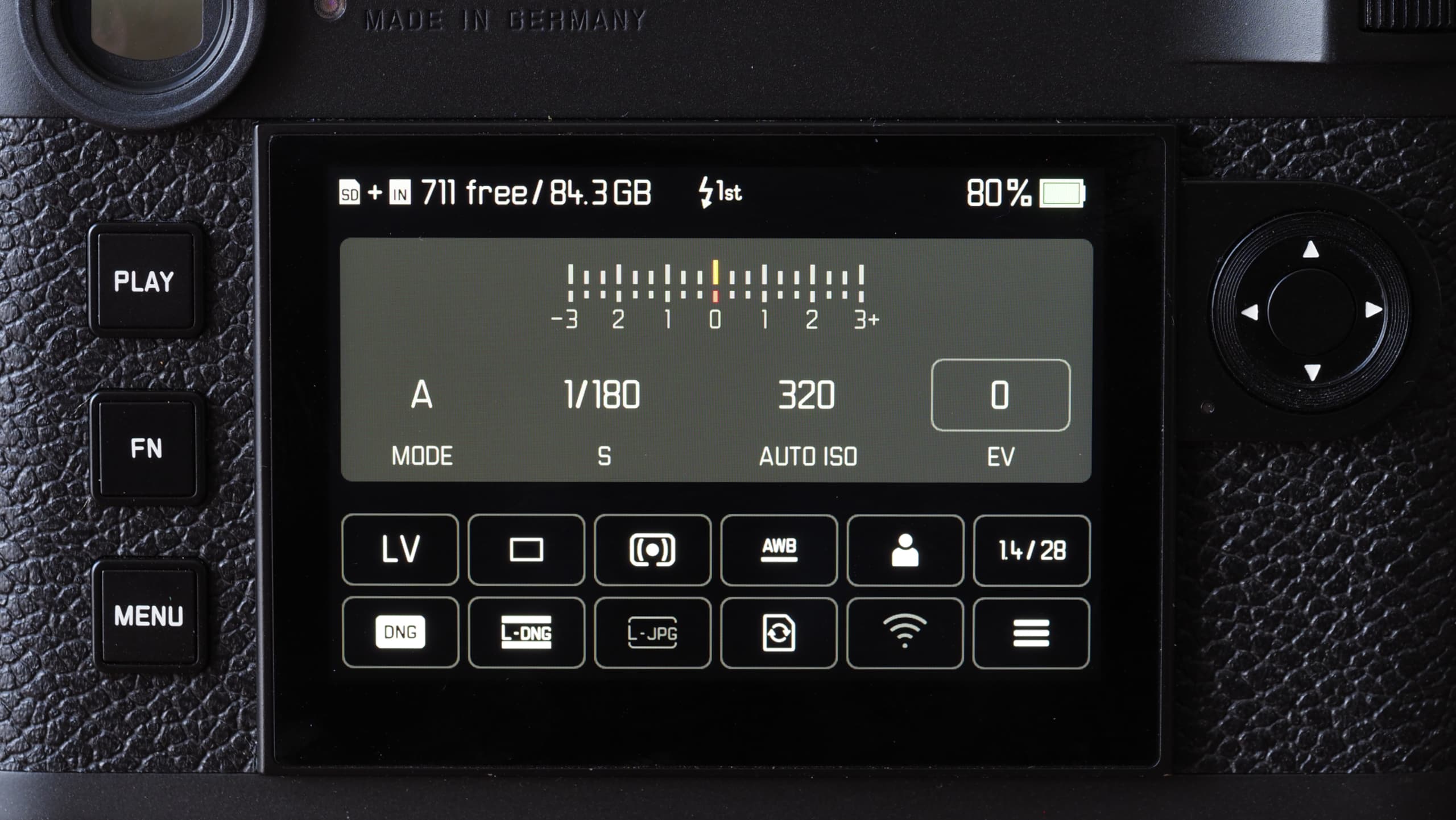
The new baseplate design is a realistic move by Leica. It allows a larger battery and easier card access. Having the USB port on the base is a little annoying as you have to lie the camera on its back to use it – hardly elegant for a Leica! – and while it connects nicely to Apple hardware, you’ll have to dip into the menus to switch to the PTP protocol to connect it to a PC.
There’s no grip on the front of the M11, so you’ll want to use a neck strap with this camera. It doesn’t exactly fit your hands like a glove, but then it’s a Leica and maybe it’s your hands that should adapt to the camera, not the other way round ;-)
Performance
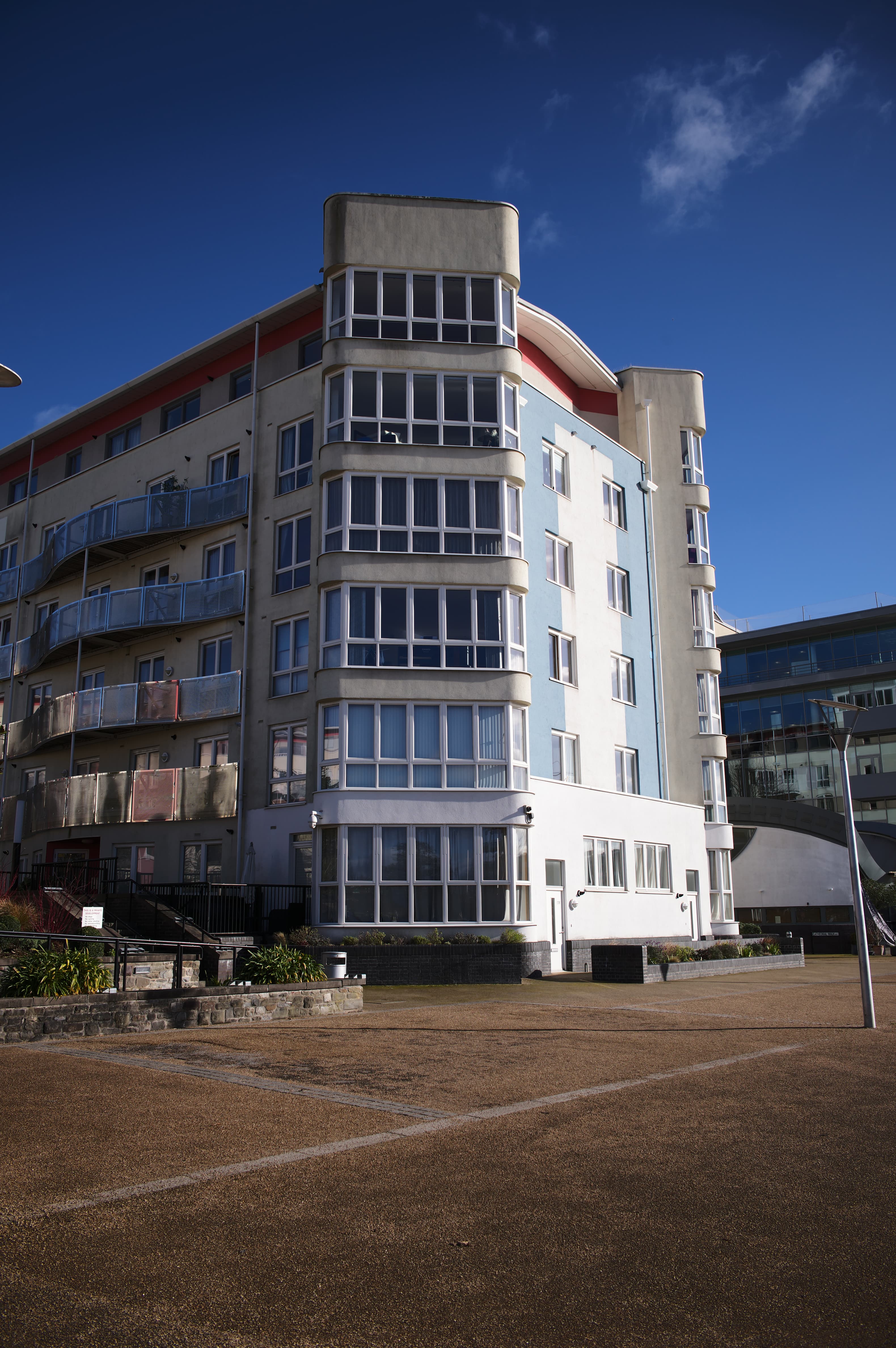
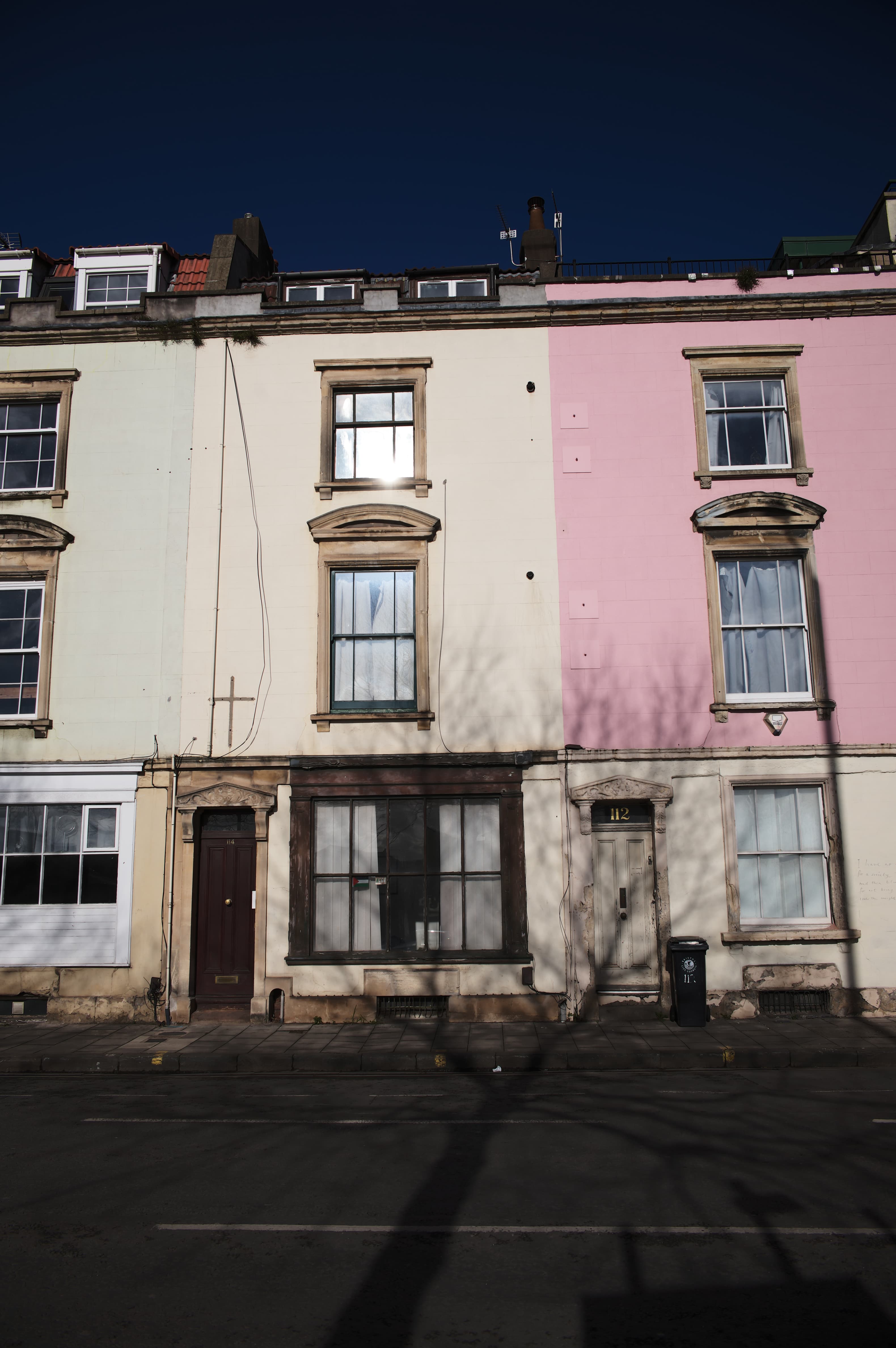
The images captured by the M11 are rich, dense and very sharp. It’s possible that this latest 60MP sensor is finally revealing the limitations of Leica’s M lenses, however, because while our Summilux 28mm proved super sharp, even at this resolution, it started to lose just a little definition at the edges and showed some corner shading and chromatic aberration too – both are pretty easy to fix in software.
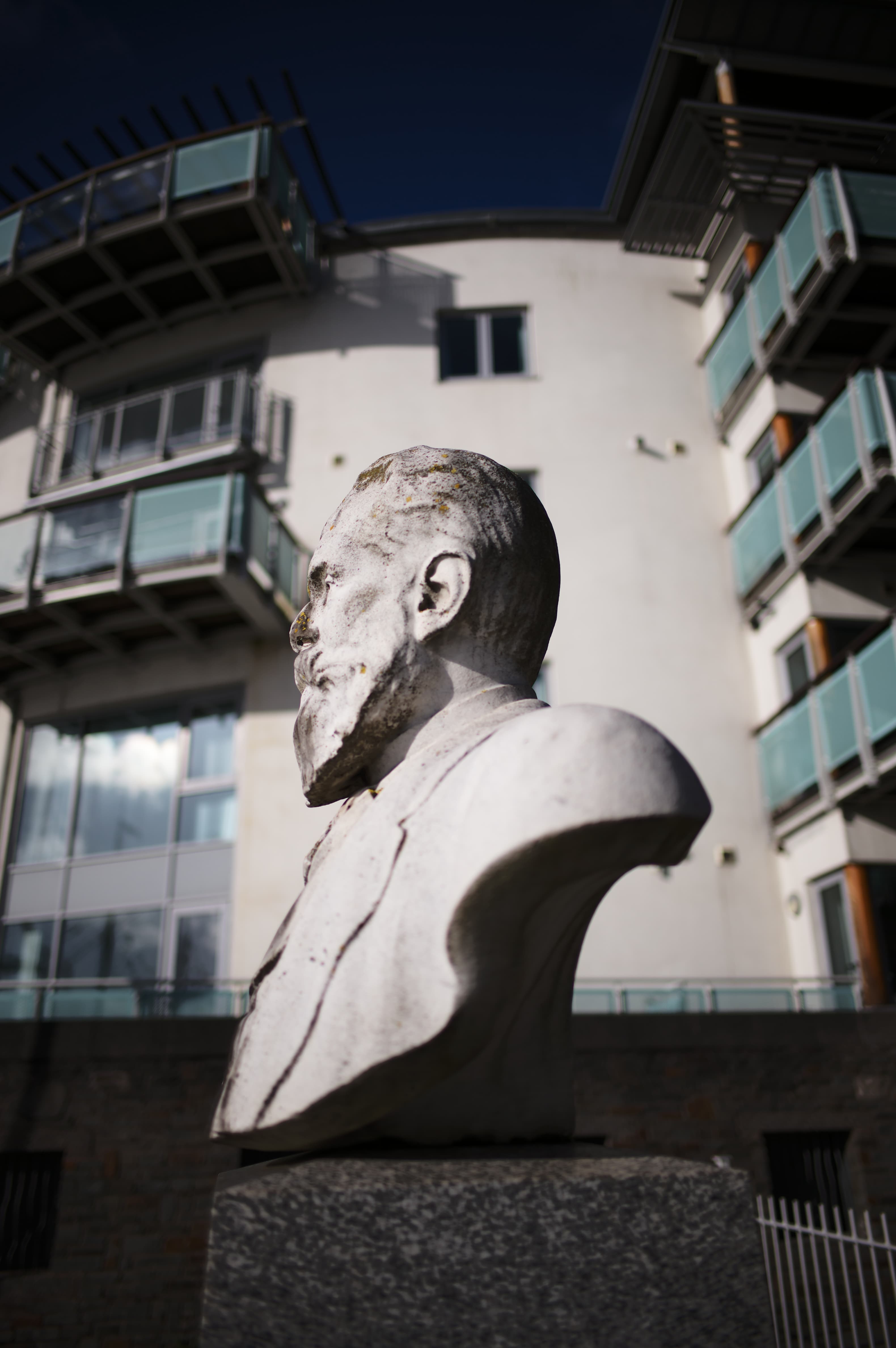

The Summilux does, however, offer a distinctive and unique Leica ‘look’, even wide open, where it remains very sharp at the focus point but delivers an other-worldy look in out of focus areas that’s quite hard to describe.
The Multi-Field exposure system does a great job. If anything, it leans towards underexposure, but that’s a classic Leica look and perfect for editing later because it preserves highlight detail.
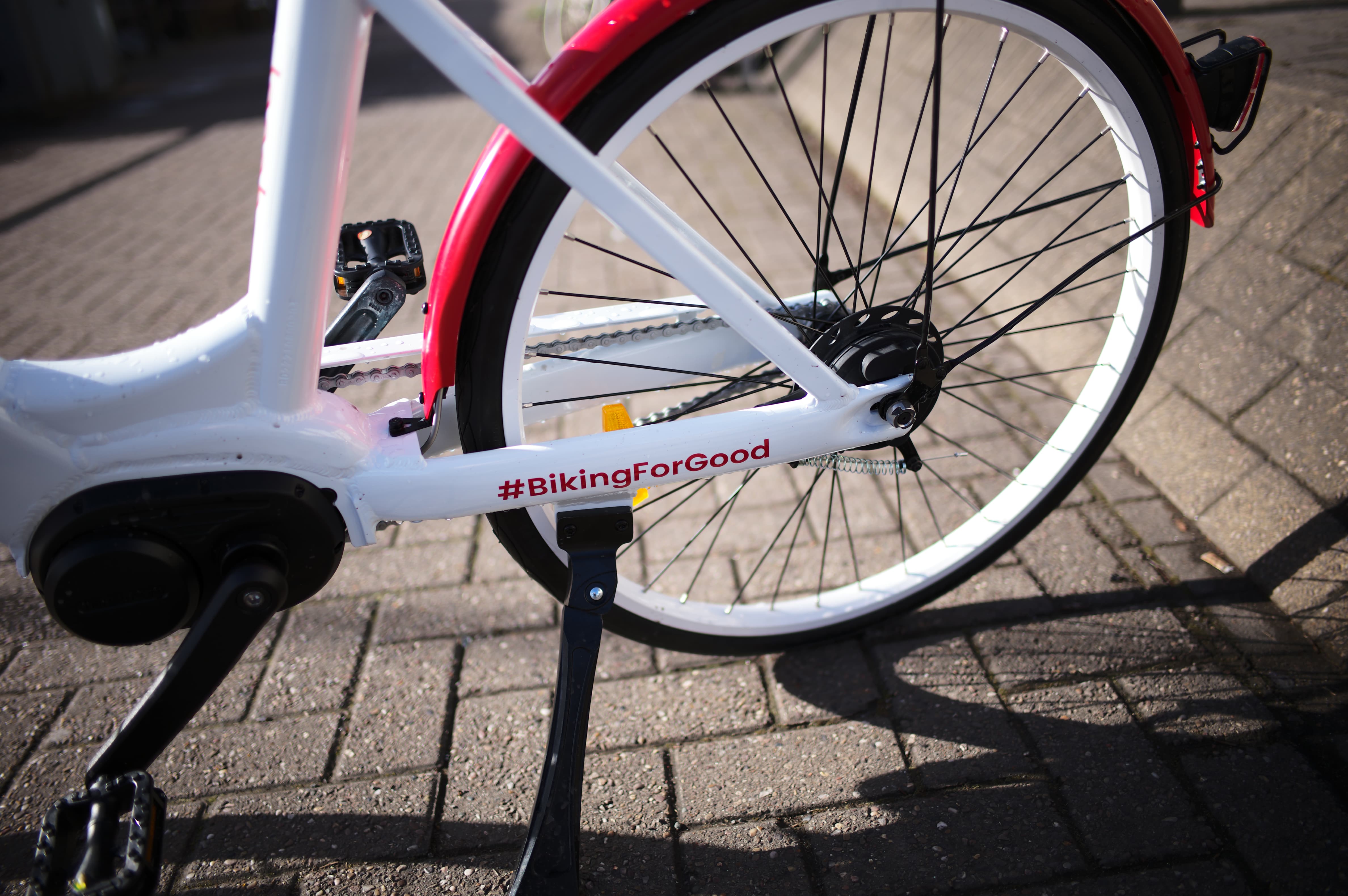
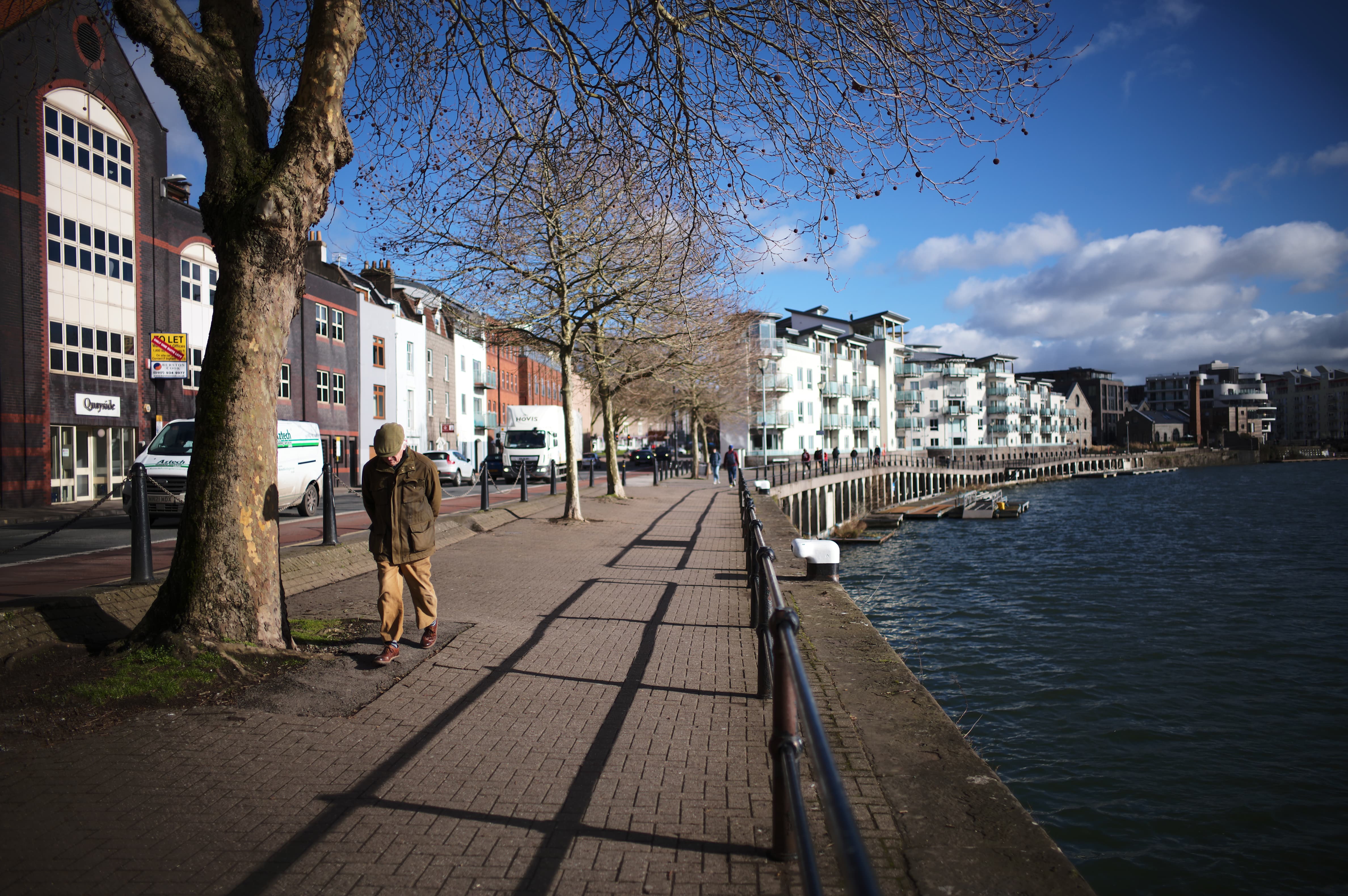
The rangefinder’s focus accuracy proved exceptional, together with its ability to clearly differentiate planes of focus even in relatively distant objects with a wide-angle lens. The focus scale on our lens was also spot on, with a hard stop at the infinity marker.
The advantage of a manual focus lens like this is a much longer focus travel with a much more accurate focus distance scale and depth of field markings that make hyperfocal and zone focusing straightforward.
Lab tests
For our lab data comparison, we compared the Leica M11 to the previous Leica M10-R, as well as two rival premium full-frame cameras with a similar megapixel count: the Sony a7R IV, and Sigma fp L.
We test resolution using Imatest charts and software, and dynamic range and signal to noise ratio with DxO Analyzer.
Resolution:
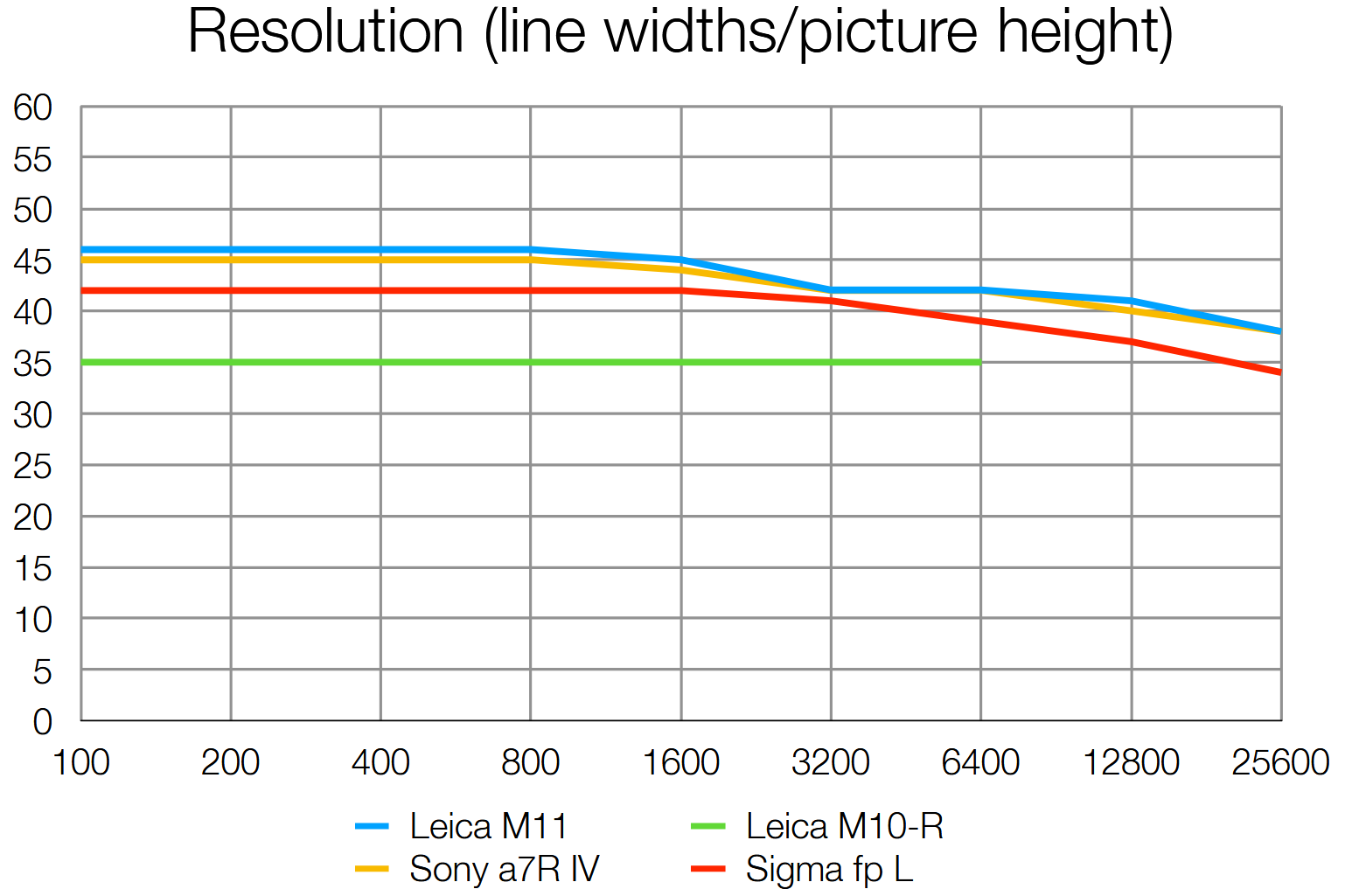
Resolution is measured using standardized text charts which give results in line widths / picture height, which is independent of sensor size.
All three ~60MP cameras featured here perform similarly in our resolution test, as we'd expect. The M11 has a very slight edge though, by virtue of its extra-sharp image quality, though as we'll see later, this does have its downsides. With 'only' 40MP on tap, the older M10-R can't compete against the other three cameras, but it does perform well at higher sensitivities.
Dynamic range:
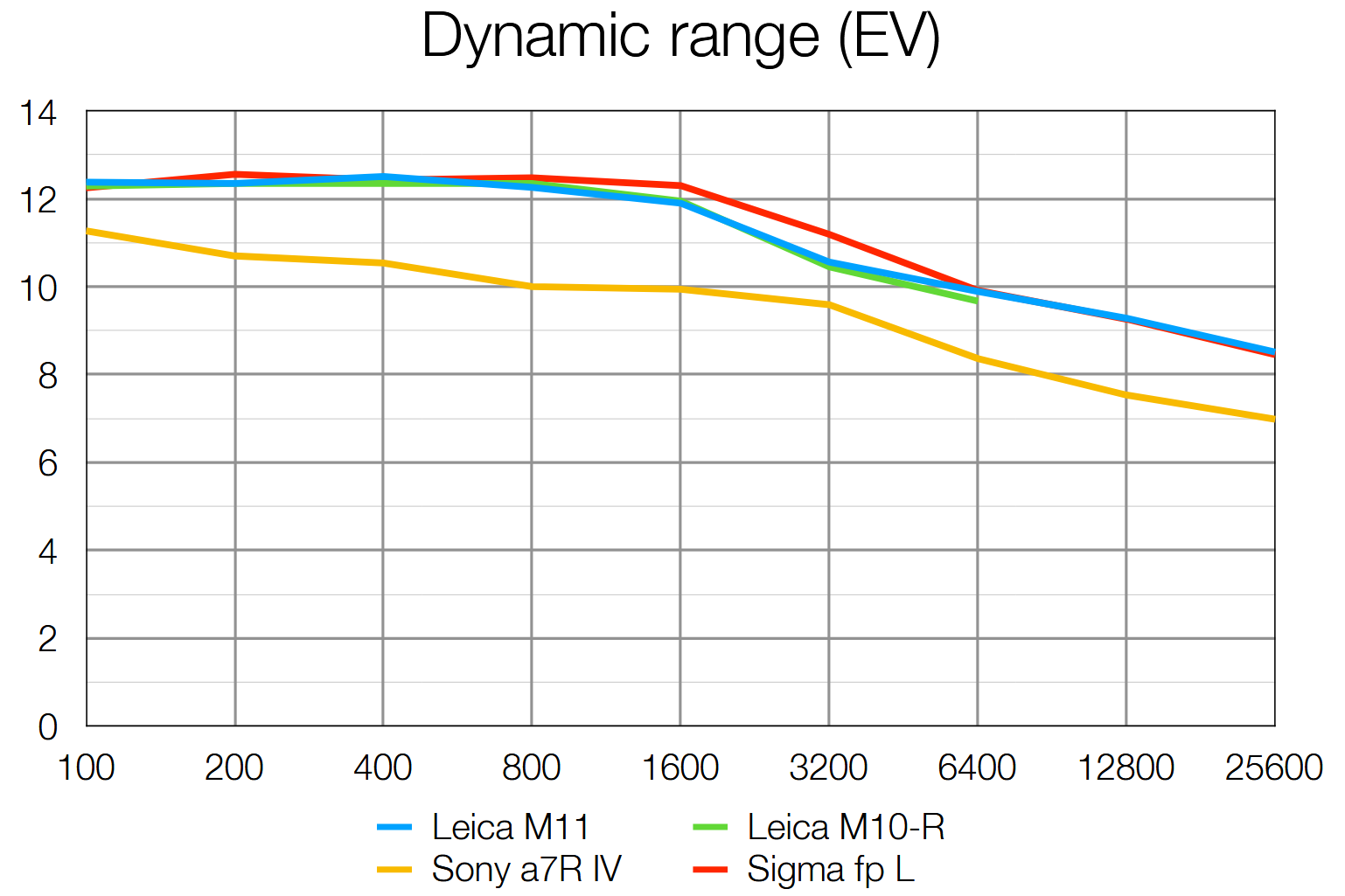
Dynamic range is a measure of a camera's ability to record extreme brightness ranges and still retain detail in the brightest and darkest parts of the scene. It's measured in EV (exposure values, or 'stops').
The M11 is capable of capturing a very high amount of dynamic range, regardless of the ISO sensitivity you shoot at. It's almost inseparable from both the M10-R and Sigma fp L throughout this test.
Signal to noise ratio:
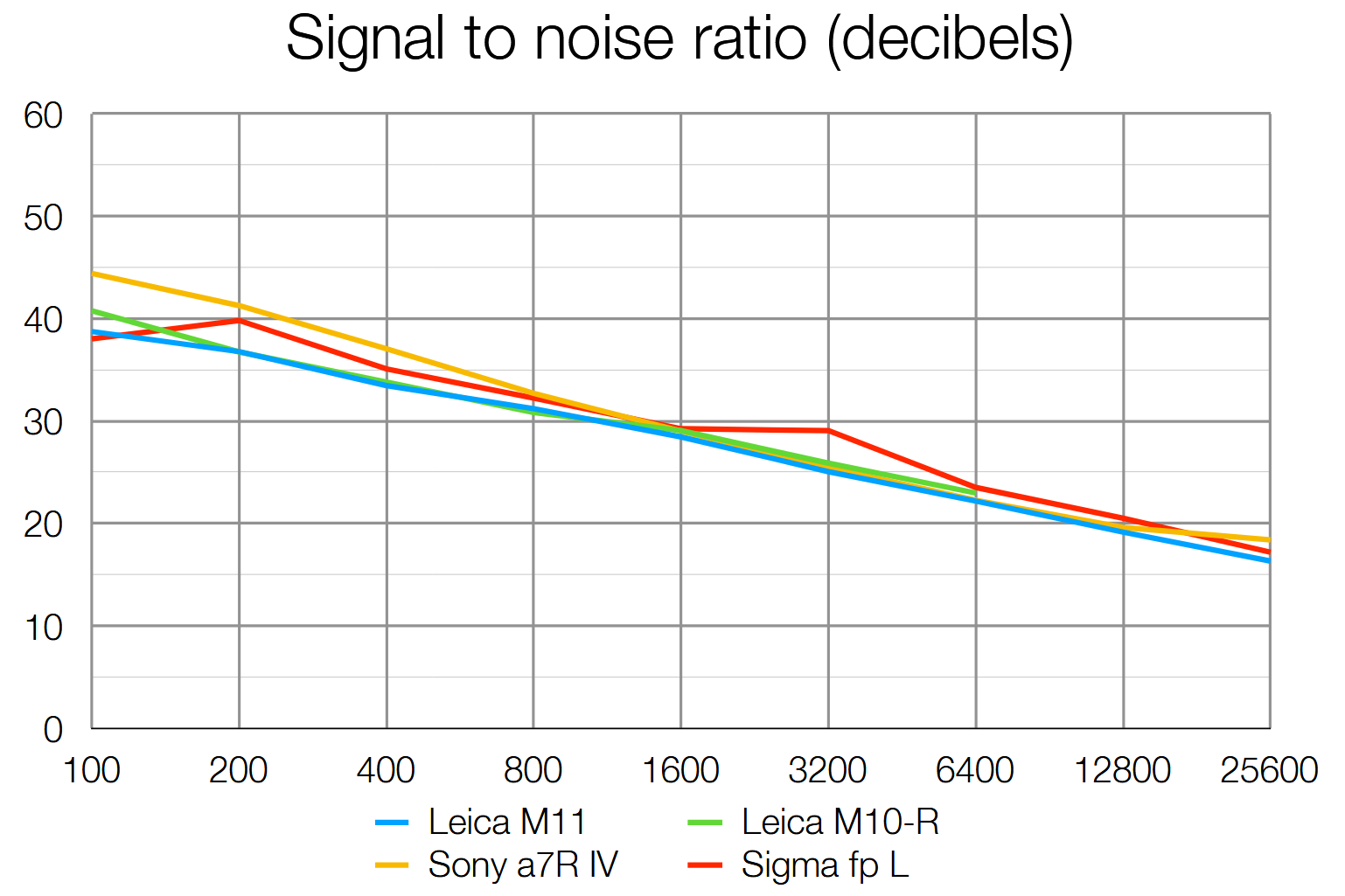
This test compares the amount of random noise generated by the camera at different ISO settings as a proportion of the actual image information (the 'signal'). Higher values are better and we expect to see the signal to ratio fall as the ISO is increased.
Leica's recent M-series cameras tend to favor outright detail and image sharpness over noise suppression, and the M11 is no exception. Its images show almost exactly the same amount of noise as those from the M10-R. The Sony a7R IV's images are significantly less noisy at lower sensitivities, but the difference is negligible once you reach ISO 1600 and above.
Verdict
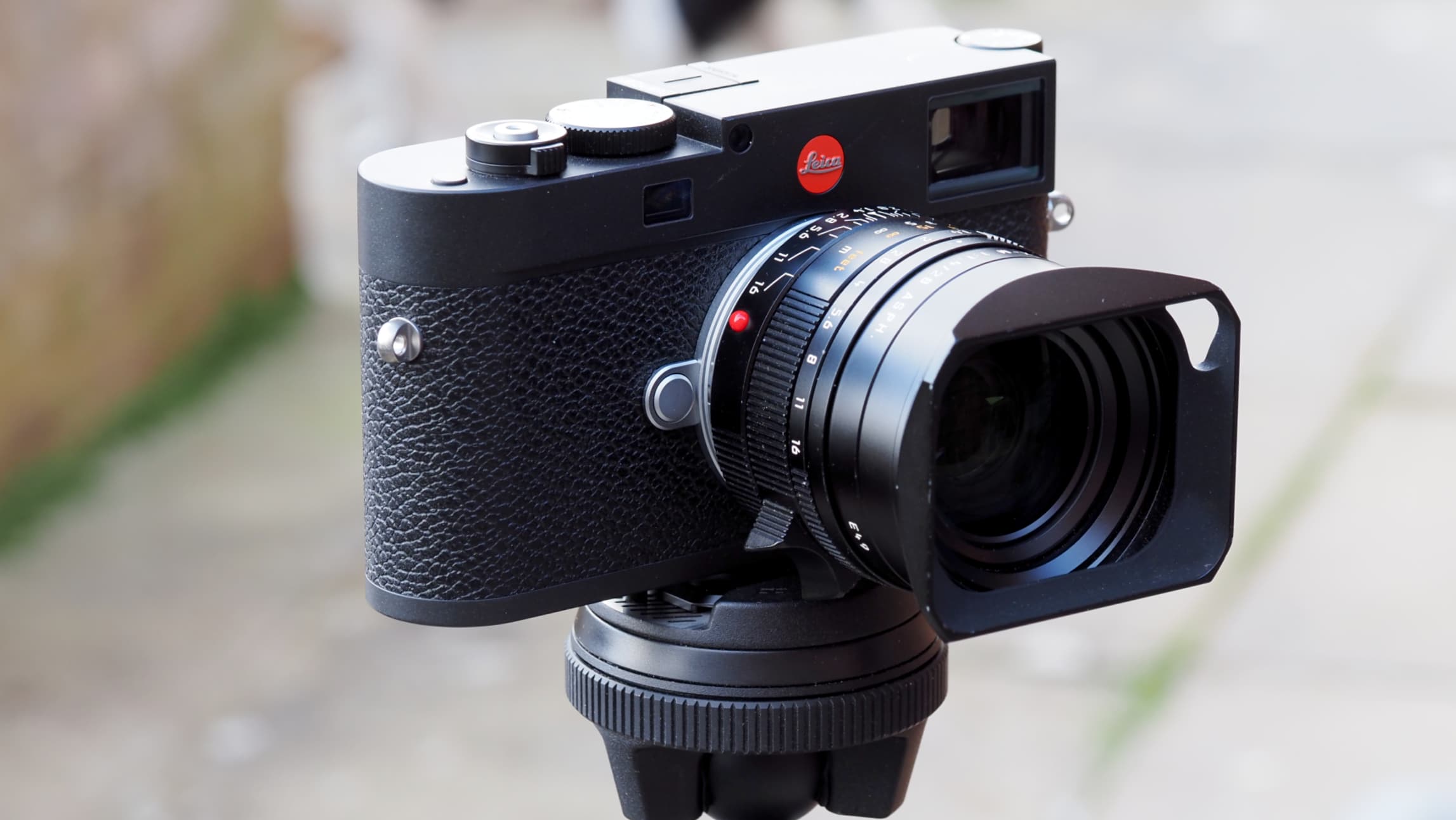
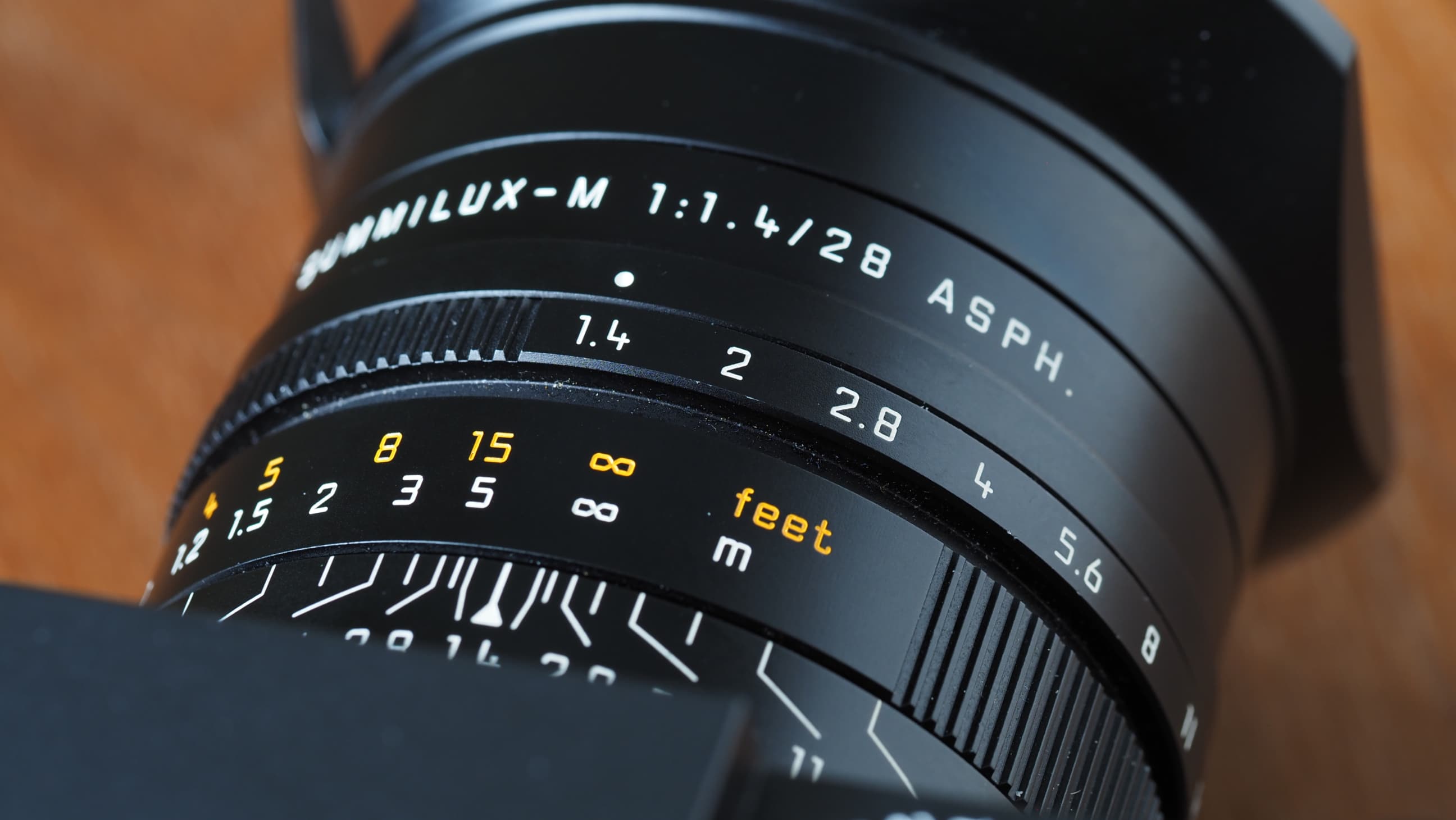
The Leica M11 is a wildly expensive ‘prestige’ camera that uses a classic old-school viewing and focusing system that takes some learning. It’s also beautifully made, beautifully designed and, once mastered, produces a shooting experience that’s very different from everything else. Leica M lenses deserve a special mention too, as they are beautifully engineered and far smaller than today’s ‘digital’ lenses.
You wouldn’t buy the Leica M11 for its value, obviously, but if you have the money, it offers a unique and timeless shooting experience, together with an image quality and a ‘look’ that’s quite unique.
And for any Leica M fans out there wondering about upgrading… if I had an M10 I would probably keep it, but the M11 is such a giant leap forward in resolution compared to earlier models that it’s almost a no-brainer – even without that beloved detachable baseplate!
Read more:
• Best Leica cameras
• Best Leica M lenses
• Leica M10-R review
• Leica M10 Monochrom review
• Best full frame cameras
• Best professional cameras

Rod is an independent photography journalist and editor, and a long-standing Digital Camera World contributor, having previously worked as DCW's Group Reviews editor. Before that he has been technique editor on N-Photo, Head of Testing for the photography division and Camera Channel editor on TechRadar, as well as contributing to many other publications. He has been writing about photography technique, photo editing and digital cameras since they first appeared, and before that began his career writing about film photography. He has used and reviewed practically every interchangeable lens camera launched in the past 20 years, from entry-level DSLRs to medium format cameras, together with lenses, tripods, gimbals, light meters, camera bags and more. Rod has his own camera gear blog at fotovolo.com but also writes about photo-editing applications and techniques at lifeafterphotoshop.com
